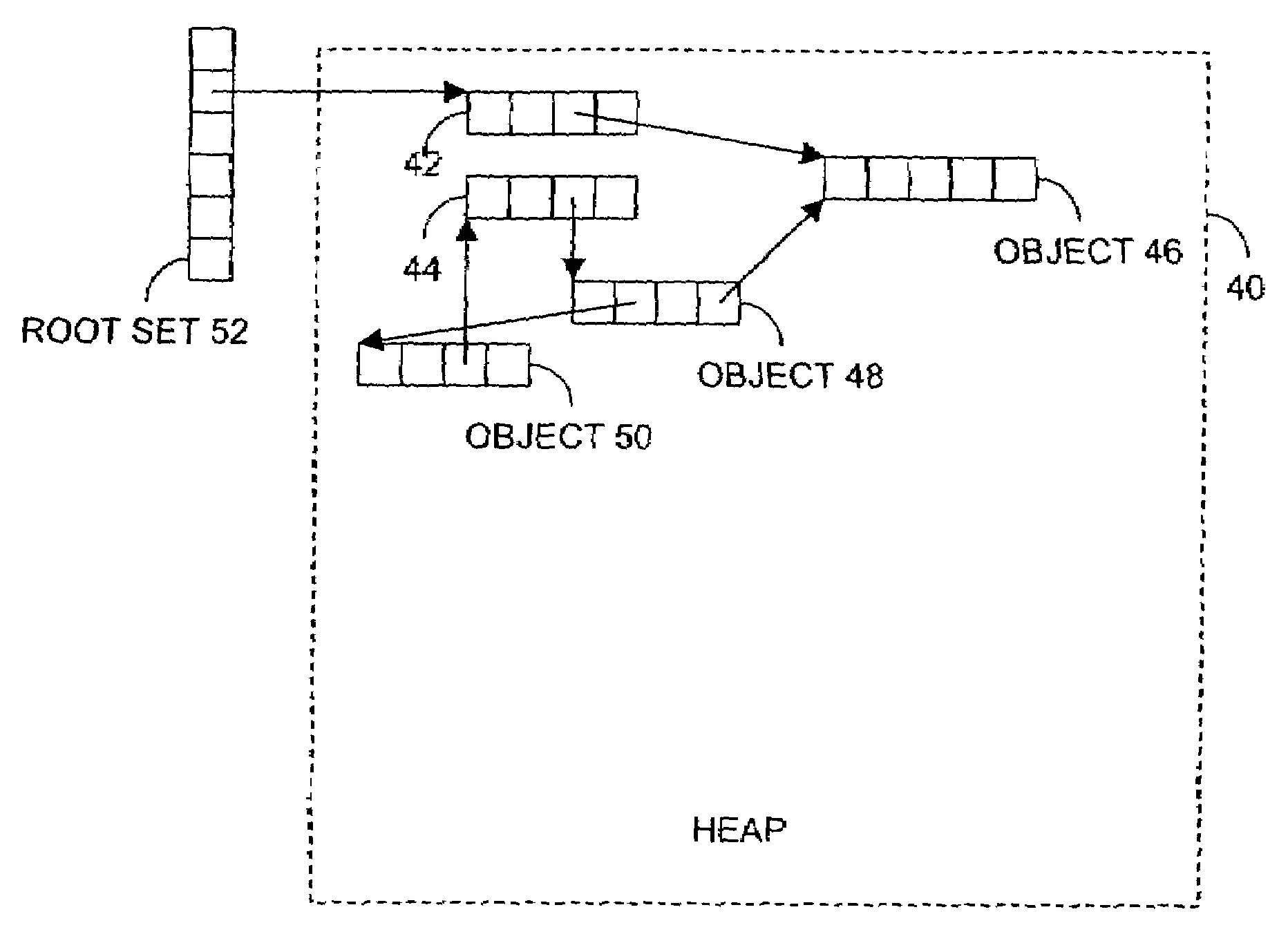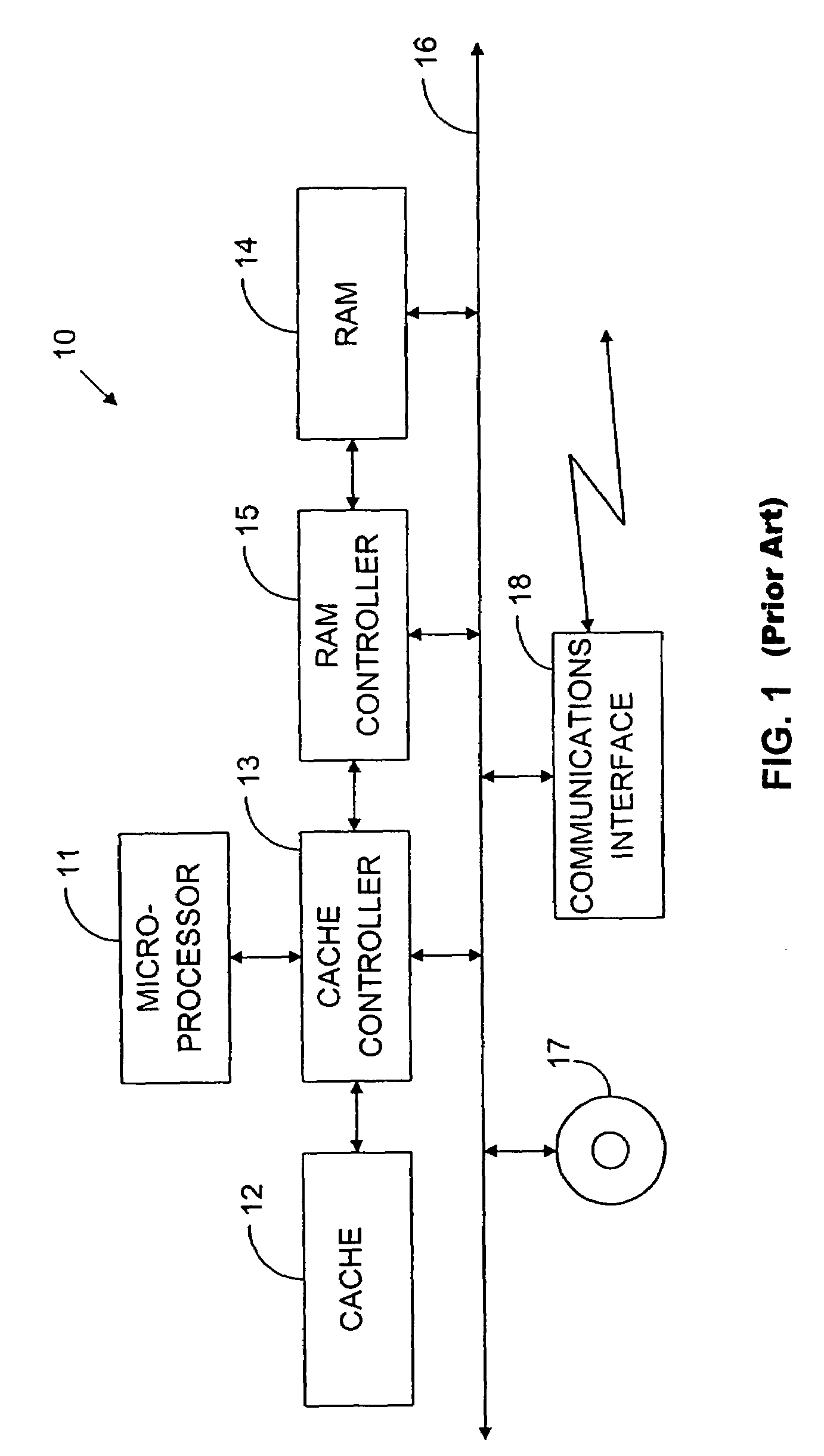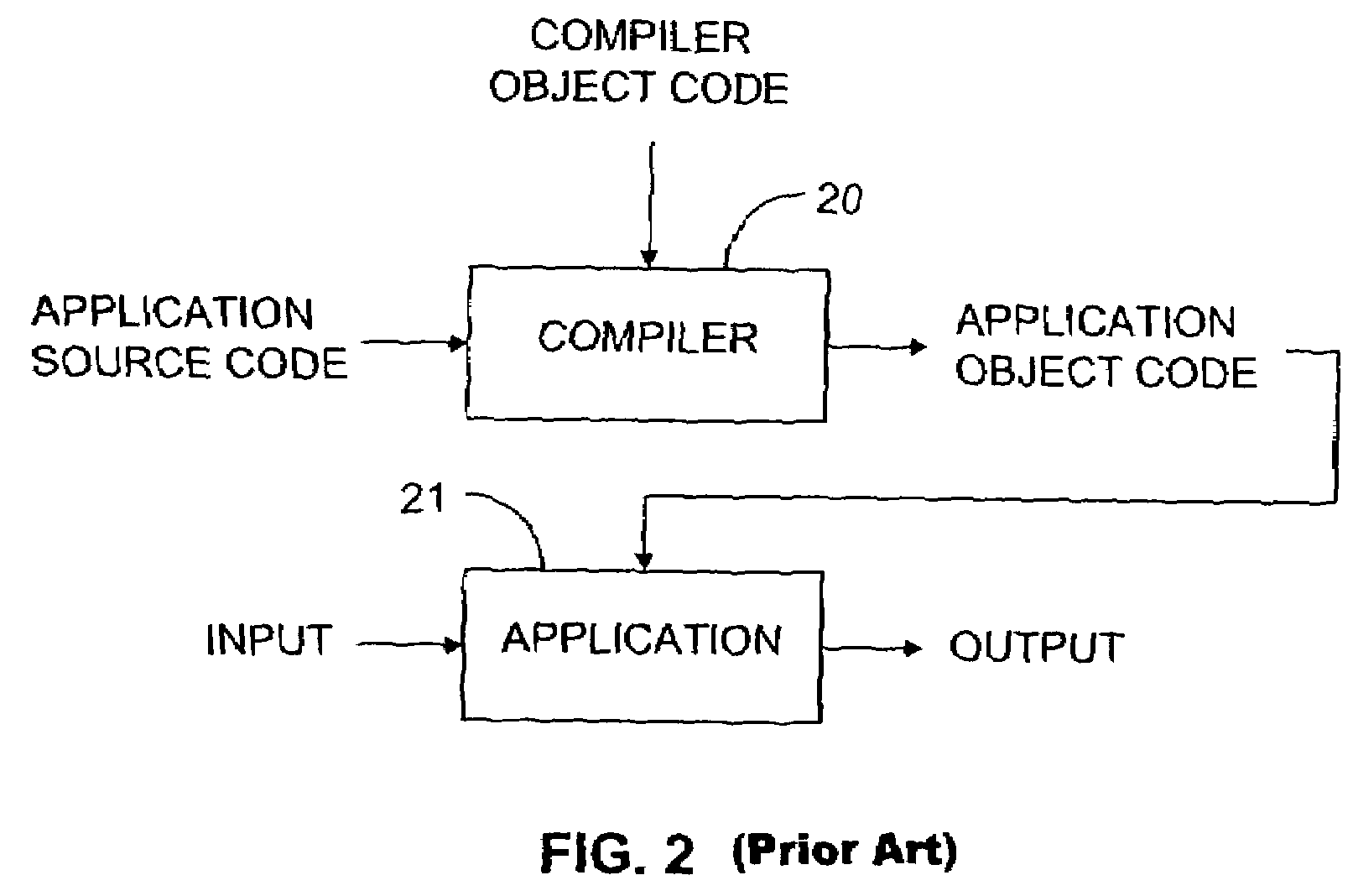Avoiding remembered-set maintenance overhead for memory segments known to be in a collection set
a collection set and memory segment technology, applied in the field of memory management, can solve the problems of increasing difficult to restrict storage requirements to the available memory space, and wasting resources on the task of allocating memory to data objects, etc., and achieve the effect of reducing the cost of updating operation
- Summary
- Abstract
- Description
- Claims
- Application Information
AI Technical Summary
Benefits of technology
Problems solved by technology
Method used
Image
Examples
Embodiment Construction
[0111]As was indicated above, the present invention is not limited to garbage collectors that employ the train algorithm. And its applicability to train-algorithm-based collectors extends to collectors whose operational sequences depart significantly from the sequence that FIGS. 8–11 above illustrate. Although the sequence there illustrated contemplates executing an entire collection increment in a single interval dedicated only to collection activity, there are ways of spreading a collection increment over multiple intervals. Alternatively, most or all of the collection increment can be performed concurrently with mutator operation, although, as was indicated above, this tends to be somewhat complex. Additionally, although the train algorithm is usually implemented in a multi-generational collector, there is no reason in principle why collectors that use the train algorithm need to employ more than one generation.
[0112]In train-generation embodiments, it is necessary only that the ...
PUM
 Login to View More
Login to View More Abstract
Description
Claims
Application Information
 Login to View More
Login to View More - R&D
- Intellectual Property
- Life Sciences
- Materials
- Tech Scout
- Unparalleled Data Quality
- Higher Quality Content
- 60% Fewer Hallucinations
Browse by: Latest US Patents, China's latest patents, Technical Efficacy Thesaurus, Application Domain, Technology Topic, Popular Technical Reports.
© 2025 PatSnap. All rights reserved.Legal|Privacy policy|Modern Slavery Act Transparency Statement|Sitemap|About US| Contact US: help@patsnap.com



